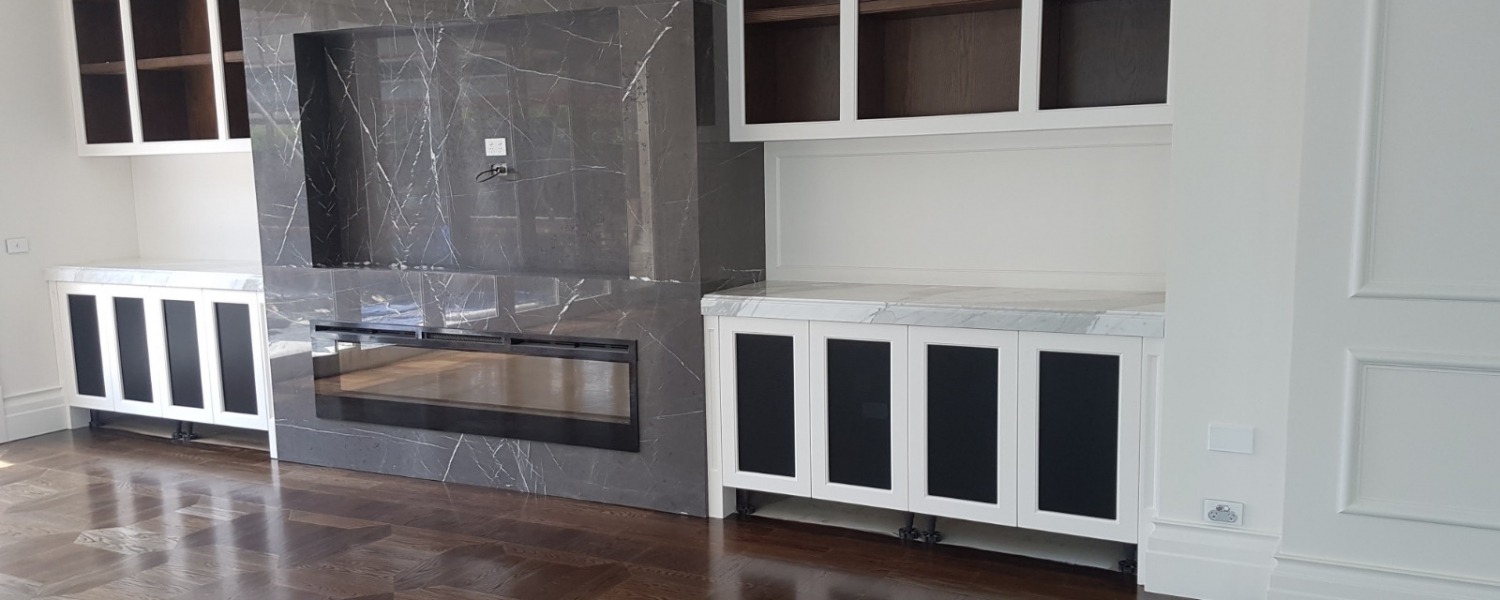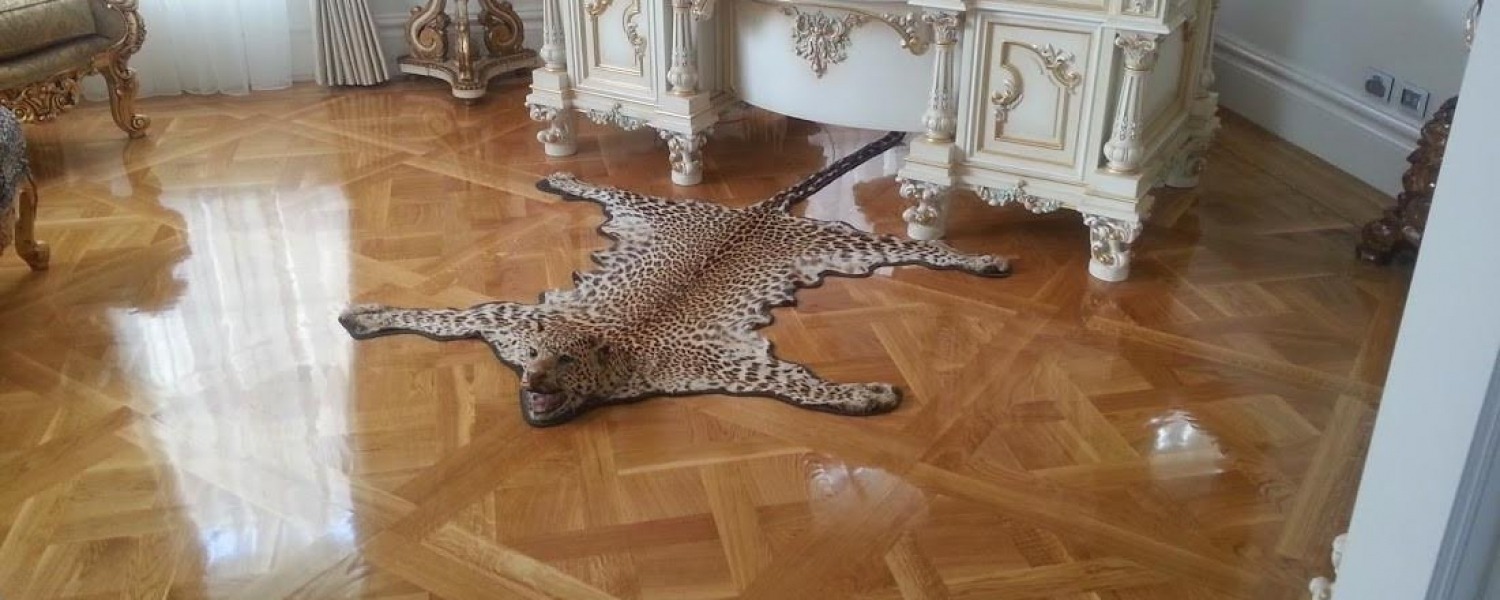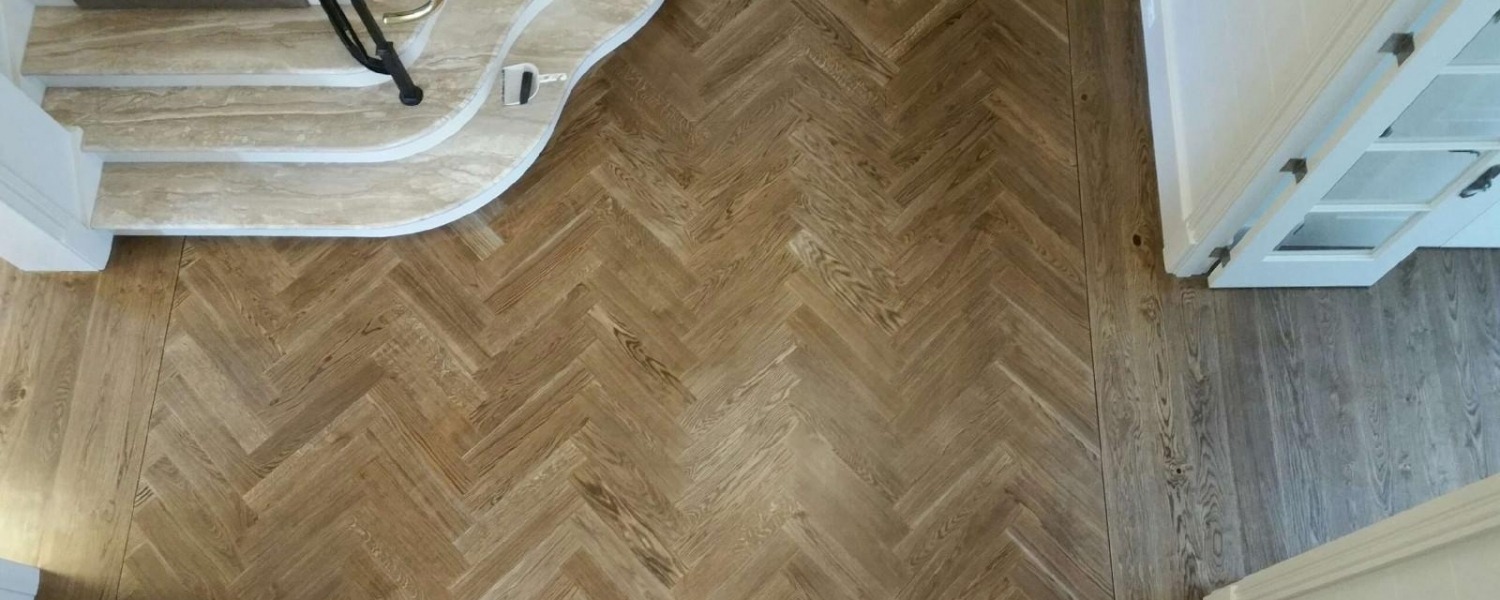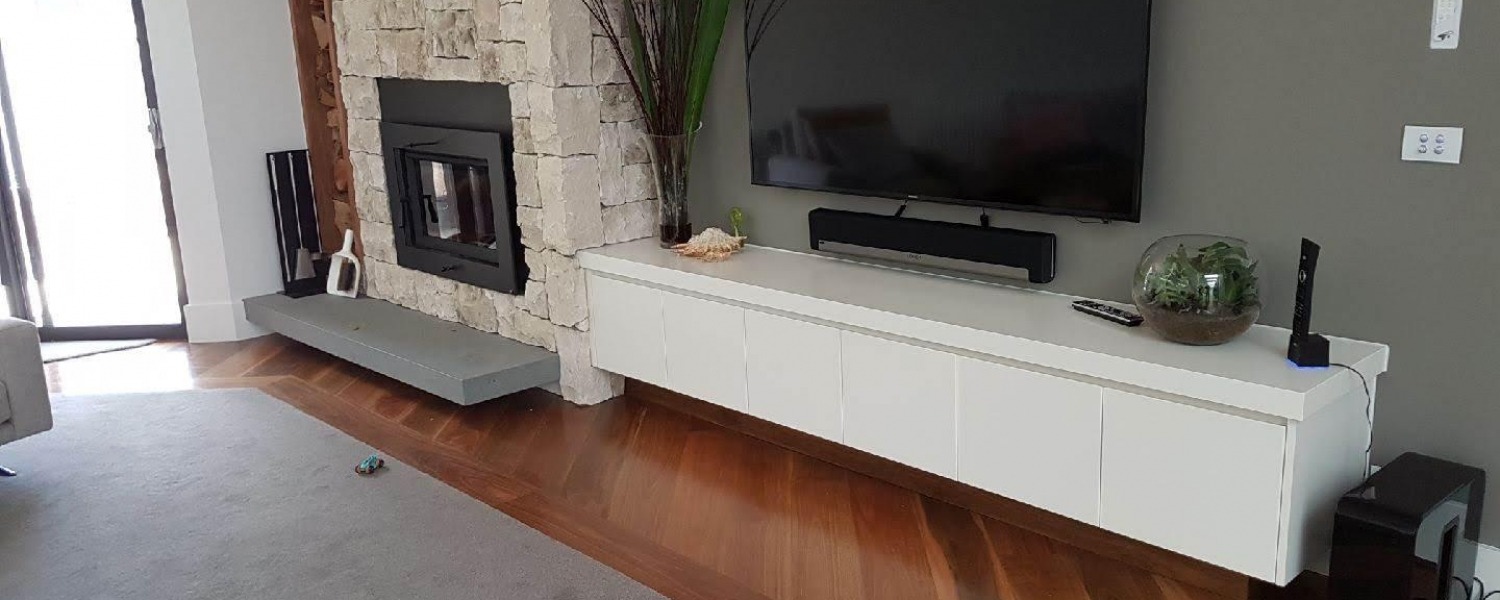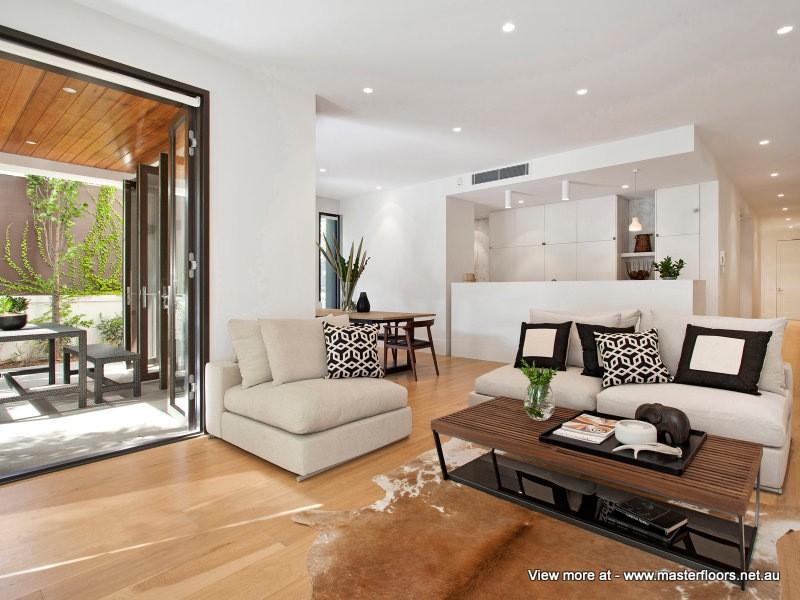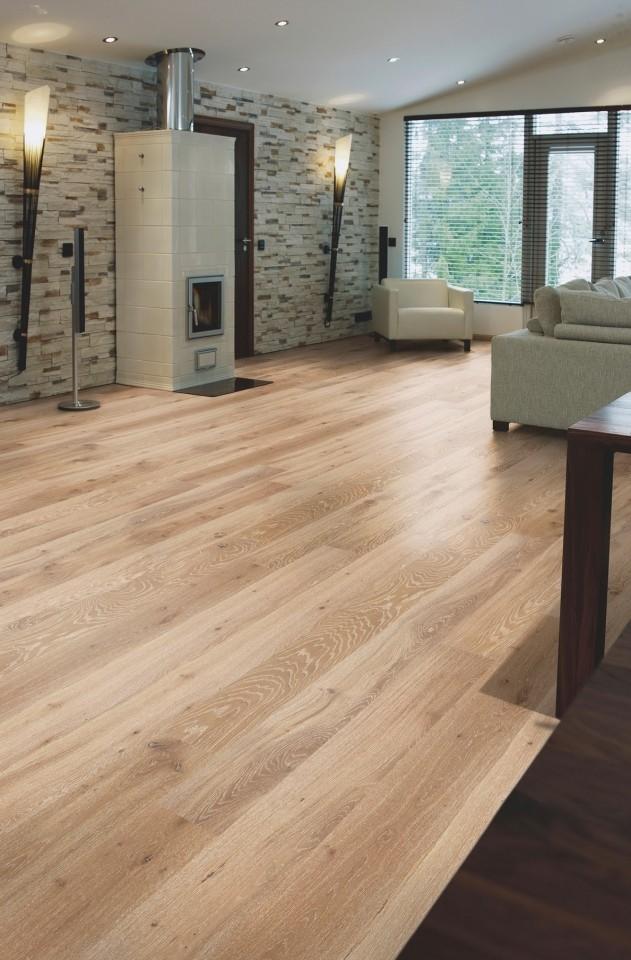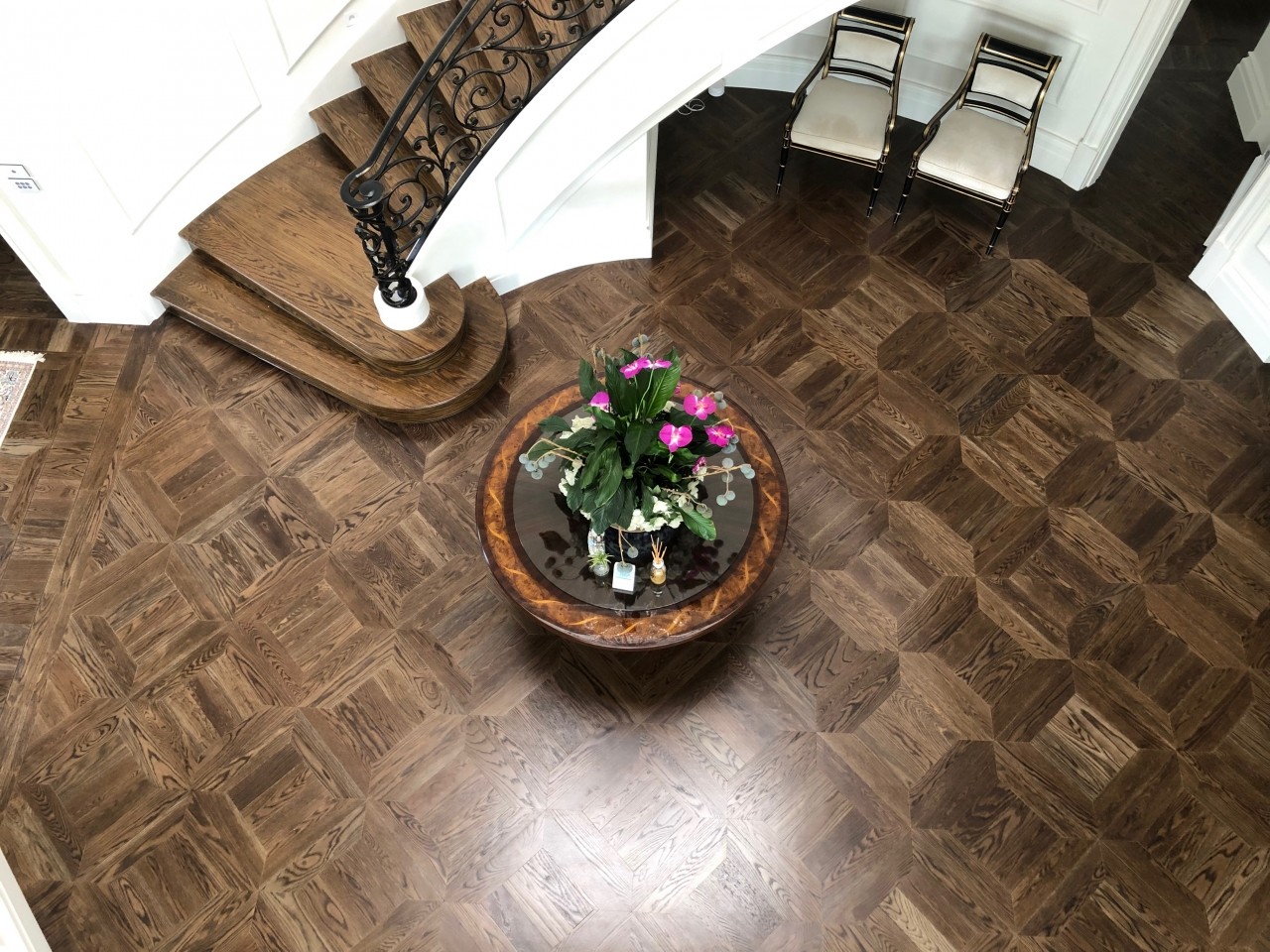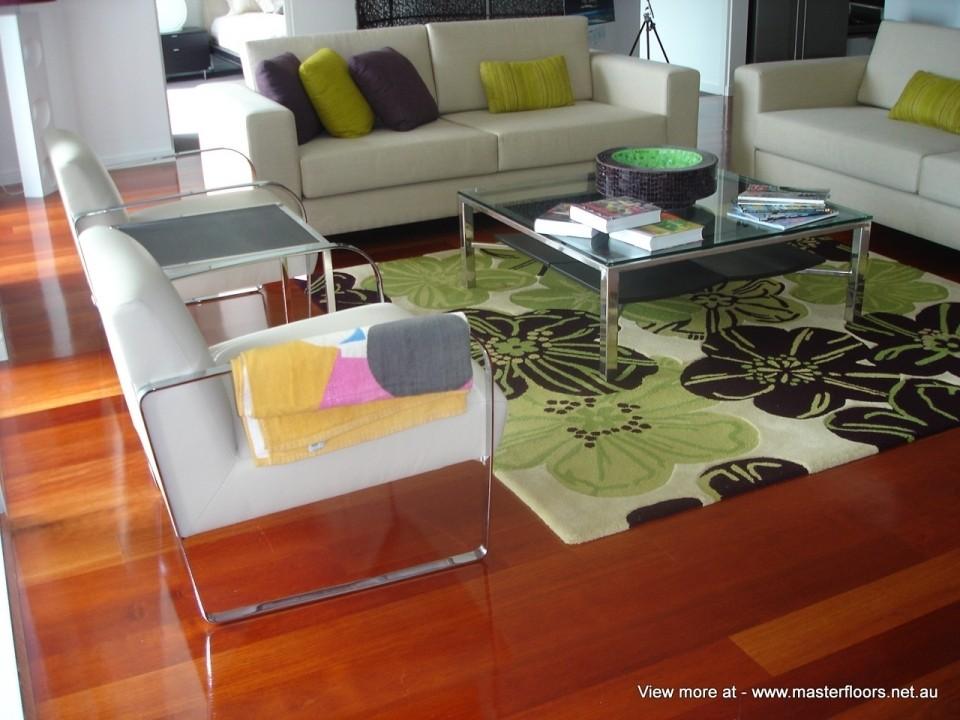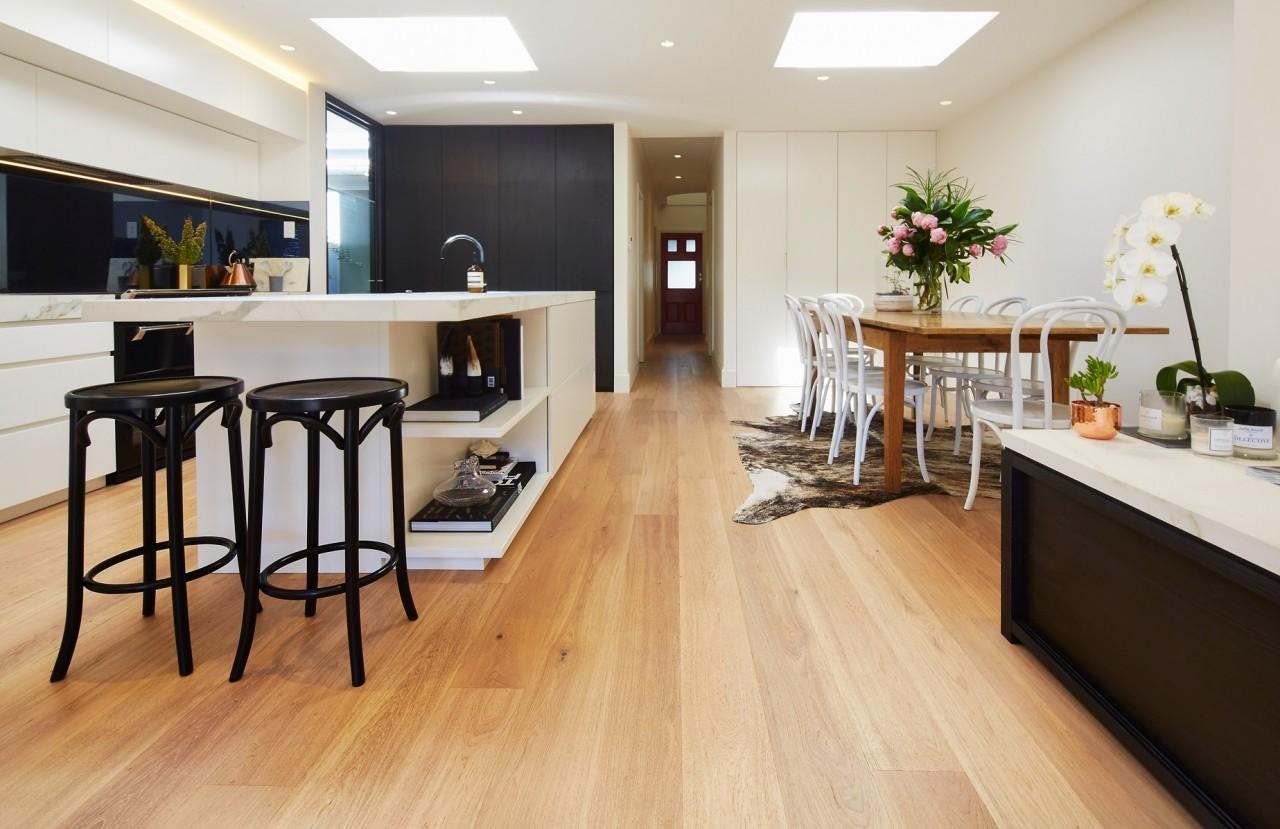- 03 9354 4717
- This email address is being protected from spambots. You need JavaScript enabled to view it.
- Mon - Fri 9:00:- 5:00 Sat 10:00 - 2:00
American Oak
Technical Information
American White Oak is a hardwood common throughout the eastern United States. The name 'White Oak' encompasses numerous species, eight of which are commercially available as timber. Very similar in appearance and colour to the European Oak, American White Oak has light-coloured sapwood and a light to dark brown heartwood. White Oak is mostly straight grained with a medium to coarse texture, with longer rays and more figure than American Red Oak. It has large distinctive growth rings, and some medullary rays may be present.
American White Oak is used for a wide range of applications, including shipping and boat building, flooring, architectural joinery, exterior joinery, railways sleepers and timber bridges due to its strength and resistance to decay. It is also an excellent timber for high-grade furniture, interior woodwork and paneling. Because of its impermeability, the timber is suitable for vats and casks holding liquids such as wine and spirits.
American White Oak is a hard, heavy wood, and has low stiffness and good overall strength, making it increasingly popular as a structural timber. It also has very good steam bending properties. White Oak machines well and is easy to glue, nail and screw. It readily accepts stains and polishes to a good finish. The heartwood is susceptible to lyctid borer attack and to termites.
American White Oak is imported into Australia and is readily available through specialist wood dealers.
| Botanical name: | Quercus alba - American White Oak |
| Origin: | American White Oak is the trade name for a variety of hardwoods that are common throughout the eastern States of North America. |
| Trading names: | Northern White Oak, Southern White Oak, True White Oak, White Oak, Overcup Oak, Swamp Chestnut Oak, Chestnut Oak (Q. prinus, Q. montana), Overcup Oak (Q. lyrata), Swamp Chestnut Oak (Q. michauxii) |
| Heartwood: | Pale yellow-brown to mid-brown, sometimes with a pink tinge. |
| Sapwood: | Light coloured. |
| Texture: | It is mostly straight grained with a medium to coarse texture |
| Grain: | Usually straight but sometimes wavy, producing a fiddleback figure. |
| Growth Rings | Large distinctive growth rings and some medullary rays may be present. |
| General comments: | Needs much care in drying because of proneness to collapse and internal checking, as well as surface checking on the tangential surface. Reconditioning is standard practice. For good-quality boards it is usual practice to quarter cut the logs. |
| Common Uses: | American White Oak is used for a wide variety of purposes from construction to interiors and the making of vats for spirits and wine. Due to its interesting and prominent grain pattern American Oak is a popular timber flooring species. In Australia it is used for joinery, furniture and timber flooring. |
| Average Hardness Rating - Dry Hardwood: | 6.0 |
Notes:
Density: 'Green Density' (GD) is the density of the wood at the time the living tree is felled. It varies considerably with the season, weather conditions, the age of the tree and so on; the quoted figure must therefore be accepted as a guideline only and when accurate green density figures are required for, say, assessment of transport costs, it is advisable to carry out accurate determinations on the materials involved.
'Dry Density' or 'Air Dry Density' (ADD) is the average density of the wood at 12 per cent moisture content. It too varies with conditions of growth, climate and maturity of wood.
There are published figures for both Green Density and Air Dry Density of most commercial species.
The figures given above have been rounded to the nearest 50.
Hardness rating: The hardness rating of a timber species is measured by the Janka Test. This is a standard test which measures the penetration into the timber of a common load and projectile. The results relate to a hardness capacity of the material and are expressed in kN. This information is useful where the timber may be subject to potential damage from impacts e.g. a dance floor. There are 2 sets of published figures; one for 'Green' or freshly felled timber and one for seasoned timber - i.e. timber with a moisture content of 12%.
The ratings given here are:
Soft - less than 5.5
Moderate - 5.5 to 7.0
Hard - 7.1 to 10.0
Very Hard - greater than 10.0.
Lyctid susceptible sapwood: Only the sapwood of some hardwoods is susceptible to lyctid borer attack. No softwoods are susceptible to attack.
Natural durability ratings: The natural durability rating of a timber species is a rating of the timber's resistance to attack by wood destroying fungi and wood destroying insects. The sapwood of all timber species has poor resistance and so the natural durability rating applies only to the heartwood of a timber species. The rating is based on the testing of stakes and poles embedded in the ground and on expert opinion of historical performance. There are 2 sets of ratings: one for above ground use and one for in-ground contact use. The lower the number the higher the performance in terms of durability. This information is useful for specifying material for external or exposed applications.
View More Pages
Monticello Parquetry by Masterfloors
by MasterFloors
Timber Flooring Gallery - By Masterfloors
by MasterFloors
French Oak
by MasterFloors
